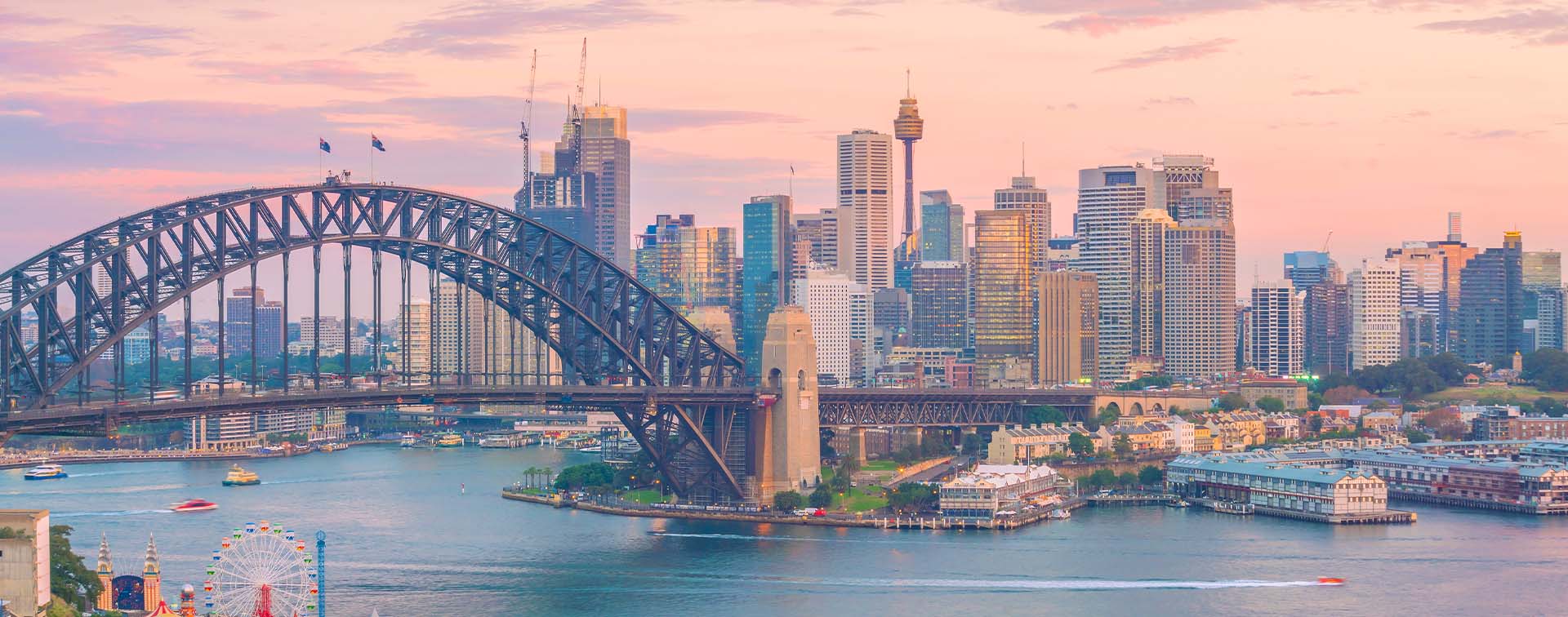
Oriel Morrison is one of Asia’s most well-known business journalists and has recently added company founder to her résumé. She hosts global conferences and events, and often speaks on topics including geopolitics, finance, markets, and news.
As the third year of the Covid-19 pandemic commenced, we saw a new global record for the total number of Covid-19 infections. But that’s not stopping a slew of countries around Southeast Asia and Oceania from starting to open up, even though the process has included more than one speedbump and the occasional reversal.
Singapore temporarily halted ticket sales for airplanes and buses in response to the Omicron variant in December but now has vaccinated travel lanes, although with capped numbers. Singapore aims to introduce quarantine-free travel for all inoculated passengers and restore passenger volumes to at least 50% of pre-Covid levels this year. Thailand has resumed a quarantine-free visa program and plans to hold ‘travel bubble’ talks with China and Malaysia. Vietnam is opening up in stages and will be fully accessible in April, while Malaysia is slowly welcoming back international tourists, who can currently enter the country under a travel scheme.
The Philippines on the other hand is open to fully vaccinated international travelers. Indonesia lifted a ban on travelers from 14 countries in mid-January, but quarantine requirements remain. However, the country is looking at scrapping quarantine requirements for the holiday destination of Bali by April. Australia is allowing vaccinated tourists into the country, and New Zealand is starting to reopen to the rest of the world, but arrivees will initially need to isolate for 10 days.

It’s a patchwork of regulations with at least a 10% variance in the vaccination status between countries. Recent studies suggest that the larger the vaccinated portion of the population grows, the more economically advantageous it becomes for a country to reopen. This boosts growth, and more jobs are created. By late February Singapore had vaccinated 87% of its population, Australia and New Zealand were at 86%, Malaysia and Vietnam at 82%, and Thailand at 76%. Each of these countries are above or equal to the USA, of which 76% of its 330 million strong population is vaccinated. That’s less than half of the 700 million people who live in the 10 countries grouped under the Association of Southeast Asian Nations (ASEAN), a critically important manufacturing centre globally, and a key part of the world’s supply chain — a major reason to be hopeful for a global recovery in 2022.
The IMF says that the combined five ASEAN economies (Indonesia, Malaysia, the Philippines, Thailand, and Vietnam) will grow by 5.6% this year, up from 3.1% in the preceding year, and even greater than the current 4% projection for the USA. The IMF has also underlined the risks to these forecasts, which are sharply to the downside. Immediate concerns include the known and unknown variants of Covid-19, supply shortages, and rising energy prices adding to unexpectedly high inflation. And then there are the ever-present geopolitical and climate risks ¾ a case in point is Russia–Ukraine crisis. These risks are not disappearing in the short term, prompting central banks to adjust their policies to stay ahead of the curve.
In January, Singapore tightened its monetary policy settings in an unexpected move. In Jakarta, Bank Indonesia announced it would keep its key interest rate at 3.5% but outlined a stepped increase in the minimum reserve requirement ratio for commercial banks. Malaysia also kept its benchmark rate on hold at 1.75% at its most recent monthly meeting, but the bank highlighted the risks of prolonged global supply disruptions and heightened financial market volatility. The governor of Australia’s central bank has suggested that a rate rise this year is “plausible”, while New Zealand has already raised its cash rate twice. Simultaneously, governments around the region are looking at ways of attracting more visitors and capital flows.
Thailand is expanding medical tourism and issuing longer-term visas, targeting groups of wealthy foreigners, highly skilled professionals, and digital nomads. The country is also boosting foreign investment into tech, green industries, and power generation. Indonesia is enhancing its resource processing sector in the hopes of redirecting capital flows and continues to look into a visa for digital nomads. Last year, Australia announced a phasing-in of an agricultural visa to address labor shortages in the sector. The Australian government is also moving forward with its plans to boost foreign direct investment through new markets to diversify from its former reliance on China.
The Philippines is opening up a greater number of industries to foreign investment and is close to ratifying the Regional Comprehensive Economic Partnership (RCEP) — the world’s largest free trade agreement. Seven ASEAN members (Brunei, Cambodia, Laos, Malaysia, Singapore, Thailand, and Vietnam) and the five ASEAN partner nations have already ratified the deal. The Asian Development Bank forecasts that RCEP will increase the income of member economies by 0.6% and add 2.8 million jobs and USD 245 billion to the world economy by 2030. A timely boost, and one which will help to reverse the slowdown caused by the pandemic.
Unfortunately, the path to full recovery is far from straightforward, with elections looming in Australia and the Philippines and potentially in Malaysia. Political considerations seem to be battling the region’s long-term economic needs. Vaccinations continue to be a political football, especially given one of the region’s most common vaccines — China’s CoronaVac (made by Sinovac) — could be ineffective at blocking Omicron transmission. A lab study by the University of Hong Kong (SAR China) found that the vaccine did not produce sufficient neutralizing antibodies. The vaccine is widely used in China and has also been used in Indonesia, the Philippines, Thailand, and Vietnam.
Aside from fiscal and monetary policy support, Southeast Asia continues to build its digital footprint, particularly in e-commerce and retail, with e-commerce across the region expected to double by 2025. Many see this as central to the leverage required for recovery in the region. Taken all together, it’s hard to argue against the expectation that Asia will remain the world’s engine of growth. We can’t ignore that the traditional powers attributed to the Tiger — strength, and resilience — will surely help the region roar.